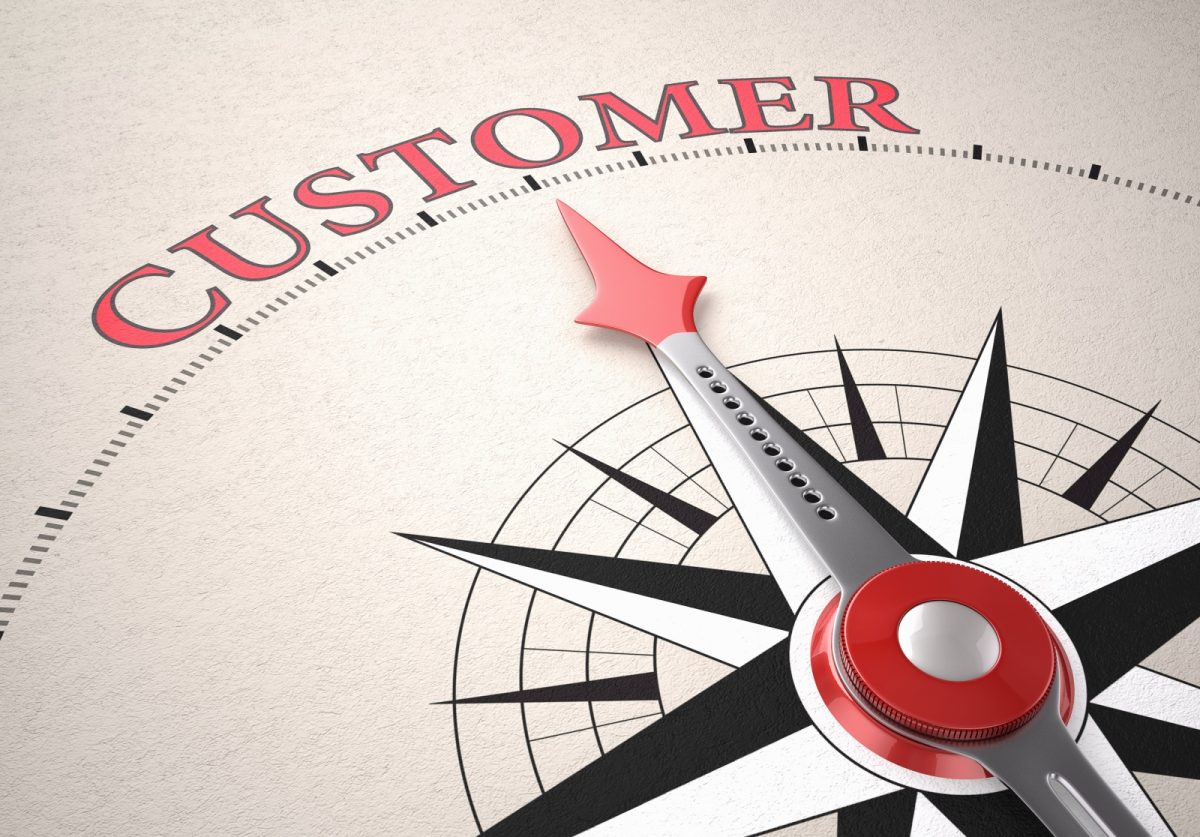We all pay homage to the old adage “The customer comes first.”
And, if there is ever a time to put your customer first, this is the week to do it. That’s because it is National Customer Service Week, October 5-9, as proclaimed by the International Customer Service Association (ICSA).
For the other 51 weeks of the year, keeping a spotlight on service excellence can be a challenge. A recent online article in Forbes suggests that the secret to creating a customer-centric culture is to articulate a central customer service philosophy, create a list of core values based on that philosophy, and then reinforce those values continually, especially in hiring and training new employees.
“A core values statement is two-dimensional until you bring it to life—with the right people and energetic guidance,” explains Micah Solomon. And we couldn’t agree more.
The Secret of Customer-Centric Hiring
Encouraging and training employees to adopt customer-centric behaviors is key to retaining customers and attracting new ones. Better yet, hiring people who already have superior service skills means you can more quickly integrate them into customer service roles and have confidence that your customers will receive stellar service.
So how do you know which job applicants will dazzle your customers with friendly, attentive service? By putting the customer first when you hire! And here’s how:
- Step 1 Share your customer service philosophy with applicants
As the Forbes article points out, articulating and reinforcing a central philosophy is critical to building a customer-centric culture. Unfortunately, many companies wait until people are already on the job to begin the conversation. By presenting a clear, compelling message when you hire, you’ll be ahead of the game in finding people who understand and embrace your core values and philosophy.
- Step 2 Preview the customer service role
Many of us enjoy working with people and might assume we’d be great customer service providers. When faced with an angry customer or a difficult service issue, however, we might be tempted to head for the exit. That’s why it’s critical to give your applicants a realistic preview of the job, highlighting both its rewards and challenges. This gives them a chance to select out of the hiring process if they feel the job is not right for them. And wouldn’t you rather know that before someone starts serving your customers?
- Step 3 Make sure the customer “shows up” before you hire
Many pre-employment tests are based solely on applicant preferences or on the candidate’s opinion of his or her own customer service abilities. Typically in these assessments, the customer is nowhere to be found. Customer-centric assessments, on the other hand, are built around authentic customer situations and interactions. These assessments immerse applicants in realistic customer situations where they interact with virtual customers to resolve real-life service issues. It’s easy to see why customer-centric assessments give you significantly higher accuracy in predicting the people who will best serve your customers.
As the pioneer of immersive, customer-centric testing, we have spent more than 30 years researching and creating tools to help businesses select top customer service providers. A customer recently commented on the value of our customer-centric approach to hiring:
“From the employer’s perspective, we can see how the candidate will react to customer issues and how they will treat our guests. From the candidate perspective, they can see what type of situations they might be faced with and decide if this is the right industry for them. . . What we like best about the Virtual Customer simulation is that it accurately determines how the candidate will perform on the job when a conflict or issue arises.”
By putting the customer first when you hire, you’ll pinpoint employees who will put your customer first once they’re on the job. And these are the employees that will reflect the best principles of Customer Service Week—every day of the year.


